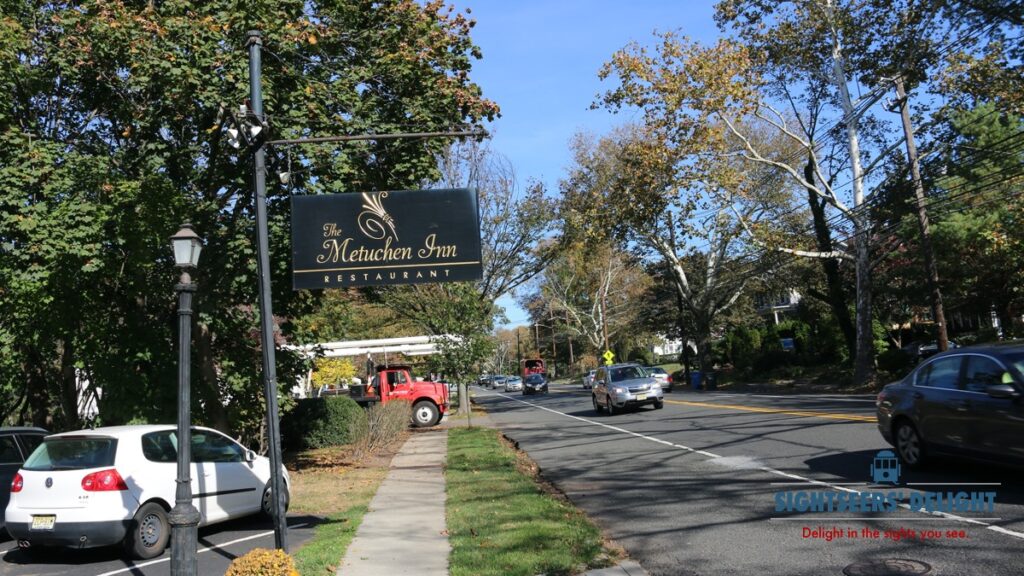(The Center Square) – New Jersey has one of the highest spends per lane mile, but the Garden State still has some of the worst urban road conditions in the country.
That’s according to a new analysis from MoneyGeek, which examined infrastructure spending and road quality by state.
Most states, including New Jersey, aren’t spending enough to maintain the quality of roads, which is costly and dangerous to car owners and businesses, MoneyGeek’s Doug Milnes said in an email. The Garden State and some other high-population states have highly trafficked roads, leading to the deterioration of roads due to wear and tear.
“So there’s high spending in (New Jersey) on a per lane basis, but not on a vehicle mile basis,” Milnes said. “When you adjust for vehicle miles traveled in (New Jersey), it spends about $14 per 1,000 miles of vehicle miles logged – that’s about the same as the spend per vehicle mile in Nebraska (which has better roads and a smaller population).”
The Garden State ranked No. 44 in overall road conditions, and 29% of its roads ranked in poor condition, the report found.
“I had originally thought that there would be some sort of relationship between road quality and spending,” Milnes said. “Either high spenders have good roads or maybe the reverse, states with bad roads were spending a lot to improve their situation. Neither was the case.”
While the report doesn’t delve deeply into gasoline taxes, Milnes noted maintenance needs outpace revenues.
“First, the funding for highways from federal gasoline taxes is essentially depleted showing that there’s more maintenance needs than funds being raised,” Milnes added. “And then the technology/MPG aspect was even more interesting. Gas taxes could become a regressive tax over time – high-income earners buying new efficient vehicles (electric, high mpg) and paying less to maintain roads while lower-income earners have old less efficient vehicles and pay more to maintain roads.”
Meanwhile, the state’s road investment ranked No. 4 nationally, with a capital outlay of $38.19 per lane mile. According to the report, state and local governments in New Jersey plan to spend $5 billion on road operations and capital investments.
“Every state is included on the list, but states with poor road infrastructure need to think about how to fund maintaining and improve roads to help their economic livelihoods over time,” Milnes said. “If funding can be found (or becomes available in a federal stimulus package), infrastructure investments are good stimulus spending for governments as the dollars spent multiply through the economy, businesses and residents get the benefit of lower vehicle maintenance costs (which can add up), and roads are safer for all as well.”
